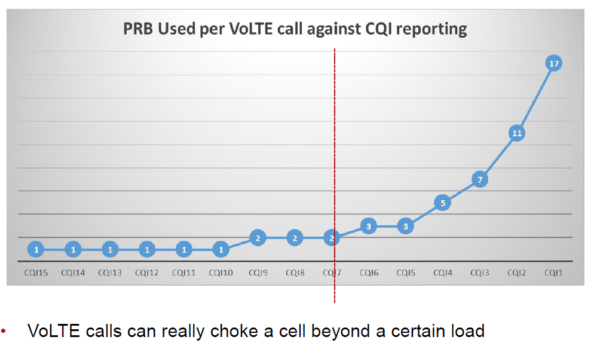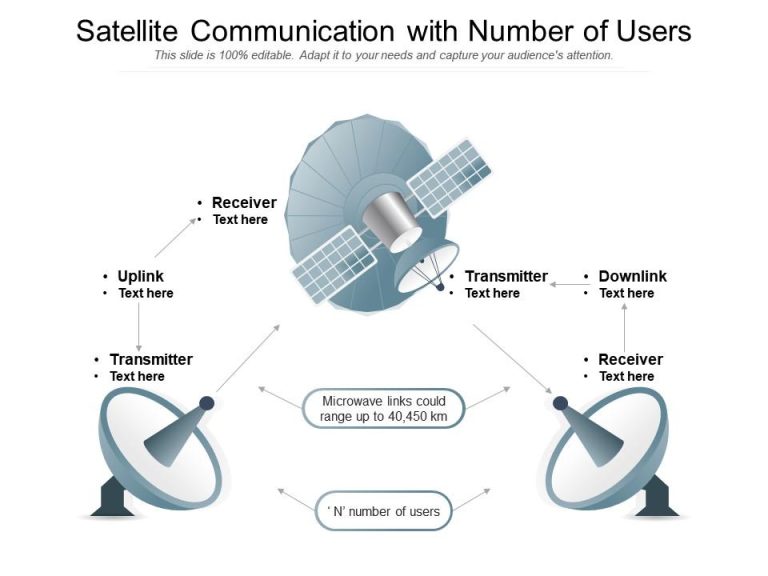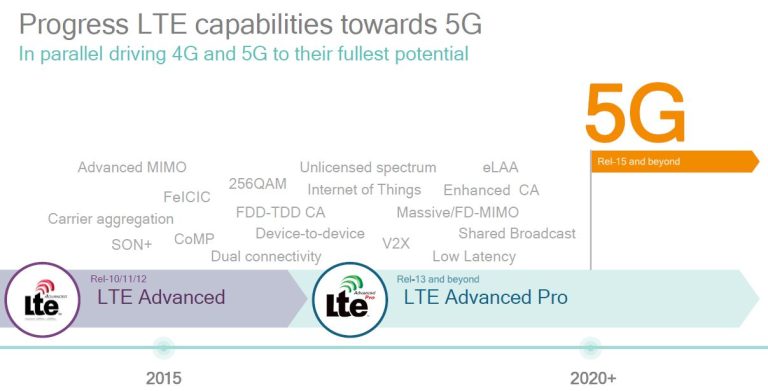VoLTE Optimization Strategies for Improved Call Quality in LTE Networks
telcomatraining.com – Voice over LTE (VoLTE) has transformed mobile communication by delivering high-quality voice services over LTE data networks. Unlike traditional circuit-switched calls, VoLTE uses IP-based technology to transmit voice, enabling faster call setup times, improved audio clarity, and more efficient use of spectrum. However, to fully realize these benefits, network operators must implement robust optimization strategies that enhance call quality and user satisfaction.
In this article, we explore key VoLTE optimization strategies that can significantly improve call performance in LTE networks.
1. Ensuring QoS Configuration and Bearer Management
One of the foundational aspects of VoLTE performance is the correct configuration of Quality of Service (QoS) parameters. VoLTE uses a dedicated bearer with specific QoS Class Identifier (QCI 1) that guarantees low latency and high priority for voice packets. Ensuring that these bearers are properly configured and maintained throughout the call is critical.
Network operators should:
- Prioritize voice traffic over data.
- Avoid delays in bearer setup.
- Monitor bearer establishment success rates.
Improper bearer management can lead to increased jitter, packet loss, and degraded voice quality.
2. Minimizing Latency and Packet Loss
Latency and packet loss are the biggest threats to VoLTE call quality. Latency above 150 ms or jitter over 30 ms can make calls sound robotic or cause delays. Optimization should focus on reducing both uplink and downlink latency.
Strategies include:
- Optimizing scheduler algorithms.
- Reducing the number of hops in the core and backhaul network.
- Using robust header compression (ROHC) to reduce payload size.
End-to-end latency monitoring and performance analytics can help identify bottlenecks and areas needing improvement.
3. Implementing Robust Handover Strategies
VoLTE users often move between different LTE cells or even between LTE and legacy networks. Seamless handovers are essential to prevent call drops or degradation.
Two key optimization techniques include:
- SRVCC (Single Radio Voice Call Continuity): Ensures uninterrupted voice service when moving from LTE to 3G/2G.
- X2-based handover optimization: Reduces handover delay within LTE cells.
Operators must ensure that handover thresholds are fine-tuned and that neighboring cell lists are accurately maintained.
4. Optimizing Radio Access Network (RAN) Parameters
The Radio Access Network plays a crucial role in VoLTE performance. Poor RAN conditions can lead to dropped calls or poor voice quality.
Key RAN optimization techniques:
- Adjusting power control settings for better signal strength.
- Monitoring RSRP (Reference Signal Received Power) and SINR (Signal-to-Interference-plus-Noise Ratio) thresholds.
- Implementing interference mitigation techniques like ICIC (Inter-Cell Interference Coordination).
Regular drive testing and analysis of call performance in the field help fine-tune these parameters.
5. Monitoring and Analyzing VoLTE KPIs
VoLTE-specific KPIs such as Call Setup Success Rate (CSSR), Call Drop Rate (CDR), and Mean Opinion Score (MOS) must be continuously monitored.
Using big data analytics and AI-powered network optimization tools, operators can:
- Detect anomalies in real-time.
- Predict and prevent potential service degradations.
- Optimize resources dynamically based on user behavior and network conditions.
This proactive approach ensures higher user satisfaction and reduced churn.
Conclusion
Optimizing VoLTE is not a one-time task but an ongoing process requiring a combination of technical expertise, data analytics, and strategic network planning. By focusing on bearer management, reducing latency, ensuring seamless handovers, tuning RAN parameters, and monitoring KPIs, network operators can significantly enhance VoLTE call quality and provide a superior user experience.
Investing in these VoLTE optimization strategies ensures not only better voice services today but also prepares the network for the future evolution towards 5G voice solutions.







